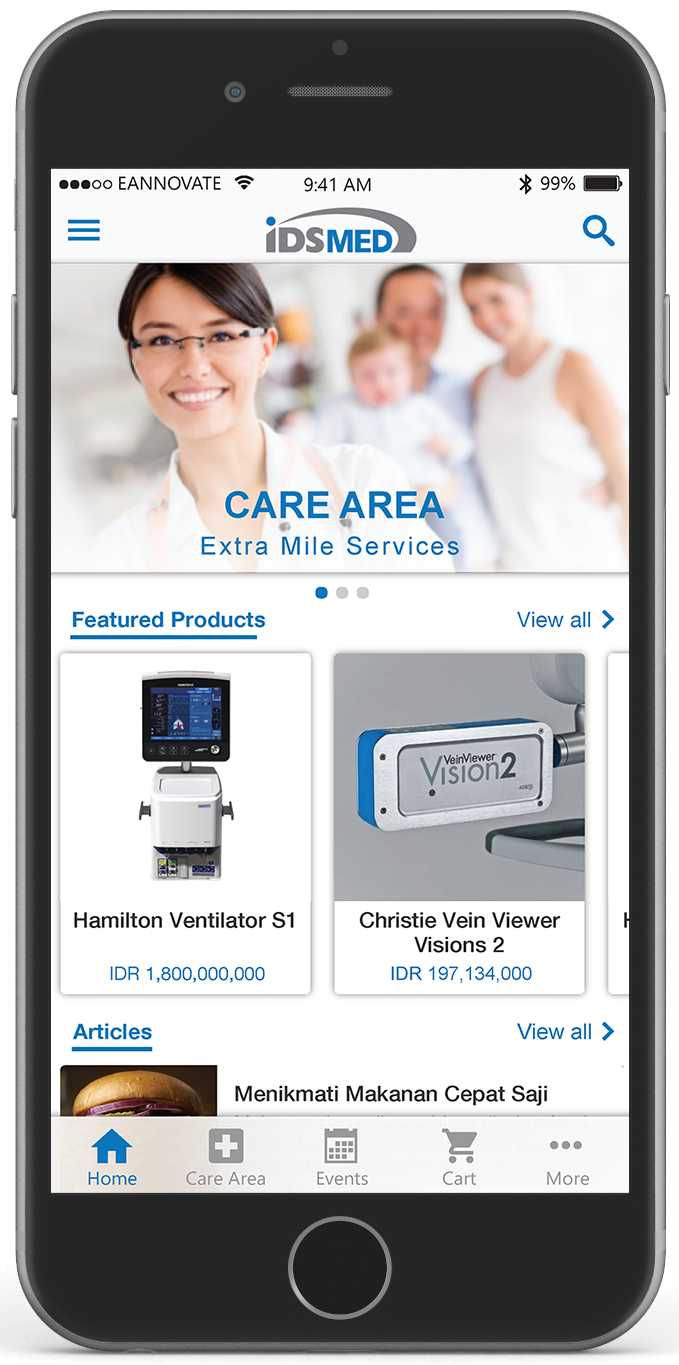A defibrillator is a device that gives a high energy electric shock to the heart through the chest wall to someone who is in cardiac arrest. This high energy shock is called defibrillation, and it’s an essential lifesaving step in the chain of survival.
The procedure involves the delivery of an electric shock to the heart which causes depolarization of the heart muscles and re-establishes normal conduction of the heart’s electrical impulse. The machine used to deliver this therapeutic shock to the heart is called a defibrillator.
The different types of defibrillators used include external defibrillators, trans venous defibrillators and implanted defibrillators.
Defibrillation was first presented by Prevost and Batelli, two physiologists from University of Geneva, Switzerland in 1899. In animal studies, they observed that small electric shocks delivered to the heart could trigger ventricular fibrillation, while the delivery of large electrical charges could reverse the fibrillation.
In 1947, the procedure was used for the first time in a human patient. Claude Beck, Professor of surgery, at Case Western Reserve University treated a 14-year-old boy undergoing a surgical procedure for a chest defect and managed to restore a normal sinus rhythm in the boy’s heart.
Today’s portable defibrillators were introduced in the early 1960s by Prof. Frank Pantridge in Belfast. Today, these tools form an essential part of the equipment found in an ambulance.
Several types of defibrillators are used to deliver electric currents to the heart muscles and correct abnormal and life-threatening heart rhythms. One of the four main types of defibrillator provided in idsMED is Automated External Defibrillator (AED).
AEDs are easy to operate units that may be used by the lay person or healthcare personnel who only have basic training. These machines analyze the cardiac rhythm and either instruct the delivery of shocks when required or deliver them automatically. As well as recommending that a shock is needed, the system can advise on the extent of the shock that should be delivered.
PROCEDURES
The chest of the patient is cleared of any clothing or jewelry and adhesive or metal electrodes are applied to the chest. These electrodes are connected to the defibrillator.
Adhesive gel electrodes are commonly used with the automated and semi-automated units used in ambulance or non-hospital settings due to their ease of application. These adhesive gel electrodes are available in solid-gel and wet-gel forms, with solid-gel electrodes the easier to use of the two, as there is no need to clean the patient’s skin after removing the electrodes.

These electrodes, however, may burn the skin, whereas wet-gel electrodes can spread the current more uniformly. The adhesive patches are also safer for healthcare personnel to use due to the very low risk of the operator encountering the electrode. The operator can stand several feet away from the patient. Furthermore, the adhesive patches require no force of application, while approximately 25 lbs. of force are required to apply the metal electrodes.
After application of the electrodes (metal or adhesive), the machine is charged and the shock is delivered. The electrodes are placed in one of two schemes:
- The anterior-posterior scheme
This is preferred in cases of long-term electrode placement. One of the electrodes is placed over the lower part of the chest, in front of the heart, while the other is placed on the back, behind the heart and in-between the scapula bones.
This is useful in cases where the anterior-posterior scheme is unnecessary or not practicable. The first electrode is placed on the right, below the collar bone and the other is placed over the apex of the heart, on the left side just below and to the left of the chest muscle. This is useful in defibrillation and cardioversion.
All in all, a defibrillator doesn’t revive a patient by restarting the heart; in fact, it stops the heart completely, thereby ‘resetting’ the heartbeat in a way. The heart then resumes its beating fresh, this time following a rhythmic pattern, provided that everything goes alright.
WHY DO DOCTORS SAY ‘CLEAR!’ BEFORE USING A DEFIBRILLATOR?
Doctors always loudly say ‘Clear!’ before placing the paddles on the patient’s body and passing an electric current through it. Why?
















